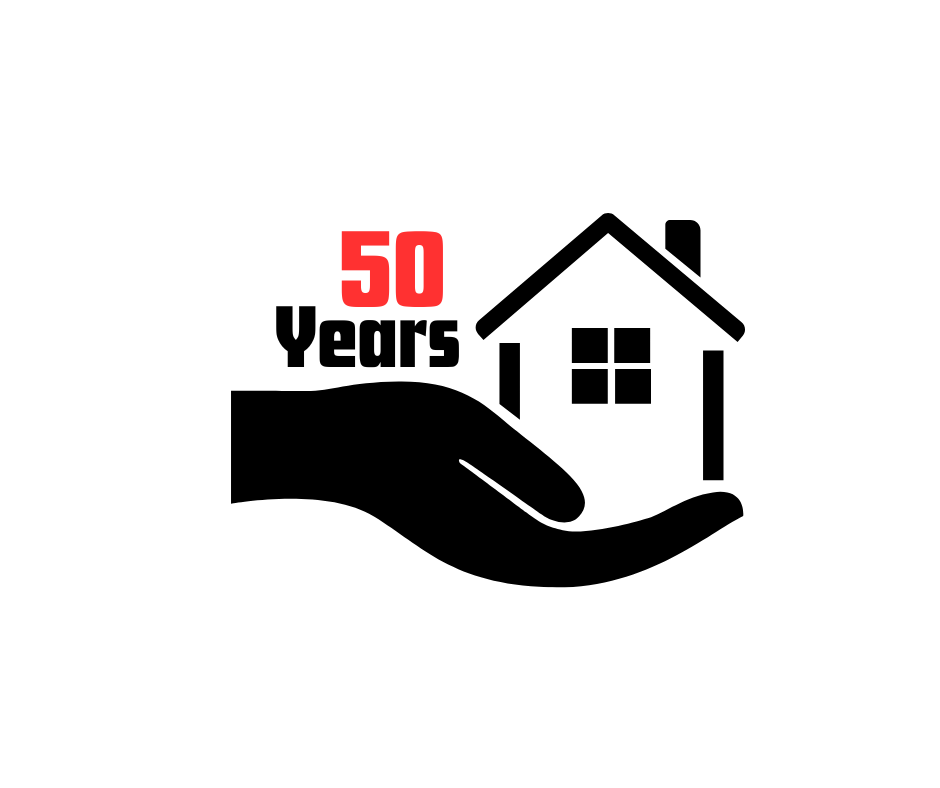The 50-year mortgage is becoming a trending topic as buyers look for new ways to combat rising home prices and affordability challenges. By stretching the loan term over half a century, a 50-year mortgage can reduce monthly payments, but it also comes with long-term financial trade-offs every buyer should understand. Below, I break down the major pros and cons of a 50-year mortgage so you can make a more informed decision.
For additional guidance on loan options, be sure to request my Home Buying Guide page on this site.
What Is a 50-Year Mortgage?
A 50-year mortgage is a home loan with a 50-year repayment term—significantly longer than the traditional 15- or 30-year mortgage. This extended timeline lowers monthly payments by spreading them out over more years, but that also increases the total interest paid.
Many 50-year mortgages are offered as adjustable-rate mortgages (ARMs), meaning your interest rate can change over time. More information on ARMs can be found at Consumer Financial Protection Bureau.
Pros of a 50-Year Mortgage
Lower Monthly Payments
The primary benefit of a 50-year mortgage is the substantially lower monthly payment. For buyers facing affordability challenges or those prioritizing cash flow, the reduced monthly cost can be a significant advantage.
Improved Buying Power
Lower monthly payments mean a better debt-to-income ratio, which may help buyers qualify for a more desirable home. This can be especially valuable in competitive markets where inventory is tight.
More Financial Flexibility
Some buyers prefer to keep housing costs minimal so they can direct extra funds toward investments, savings, or other financial goals. A 50-year mortgage offers the flexibility to do so.
Cons of a 50-Year Mortgage
Higher Long-Term Interest Costs
The biggest drawback is that stretching payments over 50 years dramatically increases the total amount of interest paid. While your monthly payment may be lower, your long-term cost of borrowing becomes significantly higher.
Slower Equity Buildup
Because early payments on a 50-year mortgage focus heavily on interest rather than principal, homeowners build equity at a slower rate. This affects your ability to refinance, tap into equity, or profit from selling.
Potential Rate Adjustments
Most 50-year mortgages begin as ARMs. If interest rates rise, your payment may increase over time. You can read more about adjustable-rate loans on HUD.gov.
Loan That Extends Into Retirement
A 50-year term may extend your mortgage well into your 70s or 80s. For buyers planning for retirement, this can limit financial flexibility and long-term planning.
Final Thoughts
A 50-year mortgage can be a helpful tool for buyers who need lower monthly payments or want to increase buying power in a high-cost market. It may also work for those planning to move or refinance before the full 50 years.
However, if building equity, minimizing interest, or achieving long-term financial freedom is your priority, a traditional 15- or 30-year mortgage may serve you better.
Ready to buy a home or have questions about the process? Click here to request my Home Buyer’s Guide.
Or, let’s connect on social media. Click the icons to connect ⇒ ![]()
![]()

 Facebook
Facebook
 X
X
 Pinterest
Pinterest
 Copy Link
Copy Link



